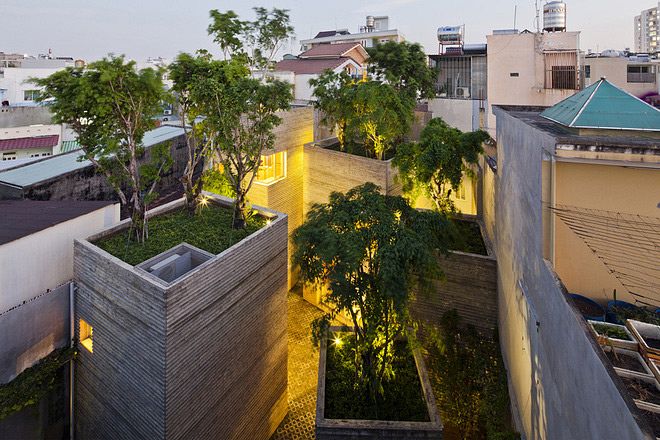Though Vietnam’s renewable energy production shows great potential, high overhead costs and low energy prices are deterring investors from cashing in on wind power.
According to VietnamNet, government officials recently delayed a decision to raise wind power prices, stalling future developments in the industry and exasperating business owners who are struggling to turn a profit.
Officials from the Ministry of Industry and Trade (MoIT) submitted a proposal in November of last year, the news outlet reports, asking the national government to increase wind power prices in order to assist developers. Vietnam’s current wind power price stands at 7.8 US cents per kilowatt-hour (kWh), according to VnExpress, significantly lower than nations like Thailand (20 US cents/kWh), the Philippines (29 US cents/kWh) and Japan (30 US cents/kWh).
Officials initially set a deadline to respond to the MoIT proposal by early 2017 at the latest, however this deadline has since been extended to the end of the first quarter, reports VietnamNet.
Chairman of the Binh Thuan provincial Wind Power Association Bui Van Thinh, who is also the director of Thuan Binh Power JSC, told the news source many investors are waiting to see what happens with wind power prices before moving forward with their respective projects, slowing the industry’s growth and posing challenges to those already in business.
In accordance with Vietnam’s 2020 goal of producing 800 megawatts (MW) of wind energy, investors have registered 50 different wind power projects across the country, VietnamNet reports in another recent article. However only four of those projects are actually in operation, producing a total of 159.2MW, far from the national government’s overall goal. The remaining projects have stalled for the moment as investors wait to hear the government’s response on wind energy price hikes, fearing significant losses to their business if energy costs remain the same.
Vietnamese officials have also aimed to scale up wind energy production through the next decade and beyond, targeting a total capacity of 800MW by 2020, 2,000MW by 2025 and 6,000MW by 2030, according to VnExpress.
Though these goals may be ambitious, Vietnam shows great potential for wind energy development. World Bank research puts the country’s estimated wind power reserves at 513,360MW, according to the GIZ Energy Support Program, a joint effort between the German Society for International Cooperation and Vietnam’s Ministry of Industry and Trade. On mainland Vietnam, 8.6% of land is suitable for wind turbine installation, according to the World Bank survey.
Whatever happens, it’s clear Vietnam must take action quickly, as VnExpress reports the nation’s electricity demand will continue to grow in the near future. Experts predict a 13% annual growth rate in Vietnam’s energy demand over the next four years.
[Photo via Governors' Wind & Solar Energy Coalition]














